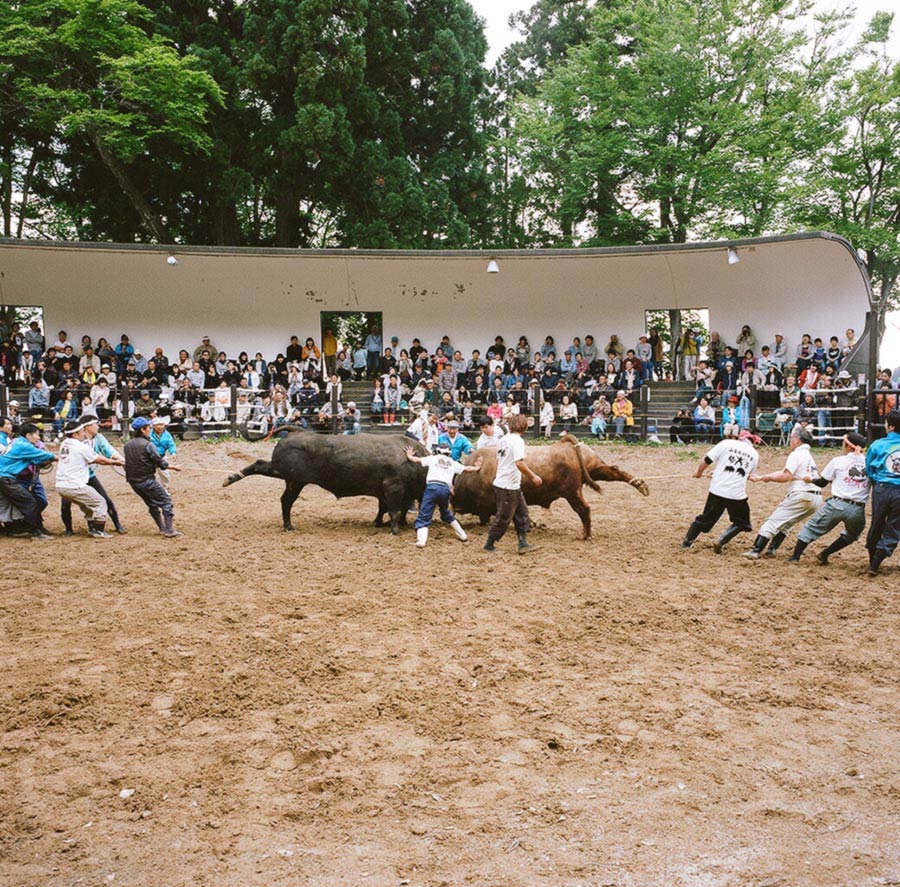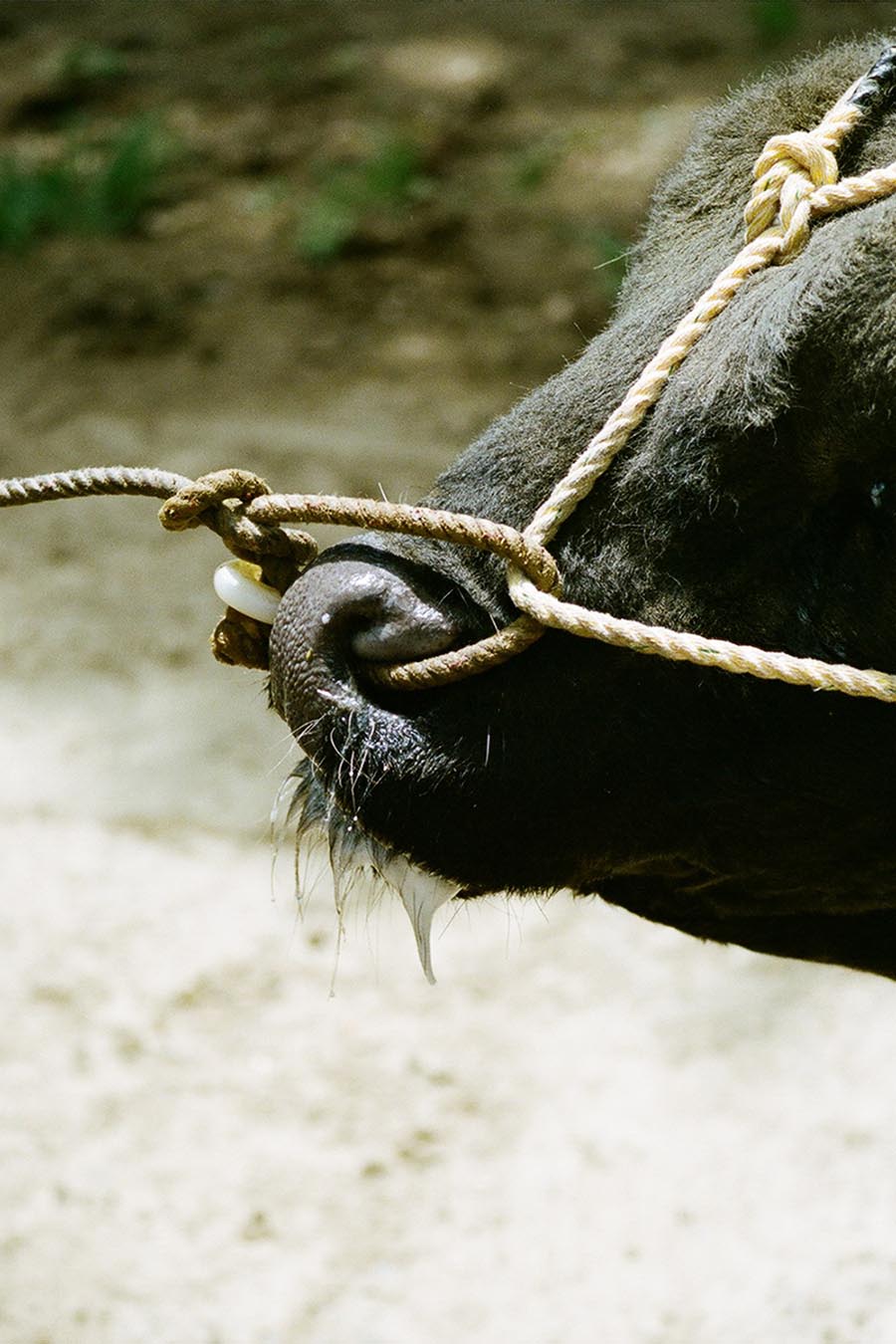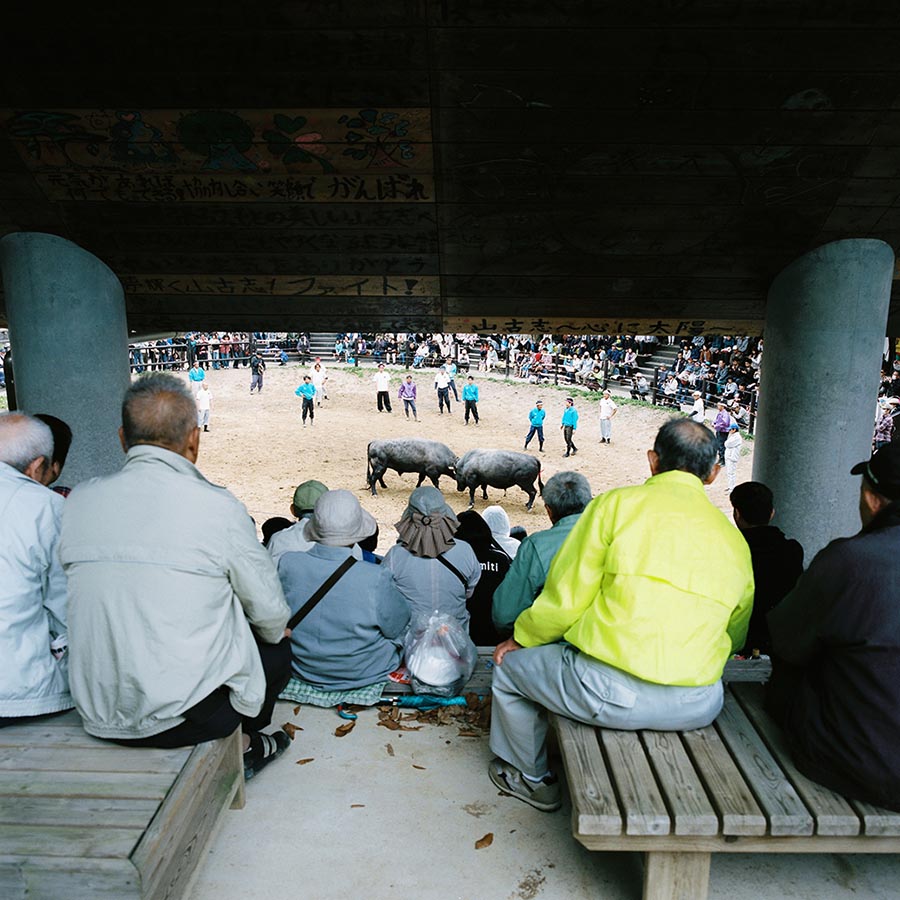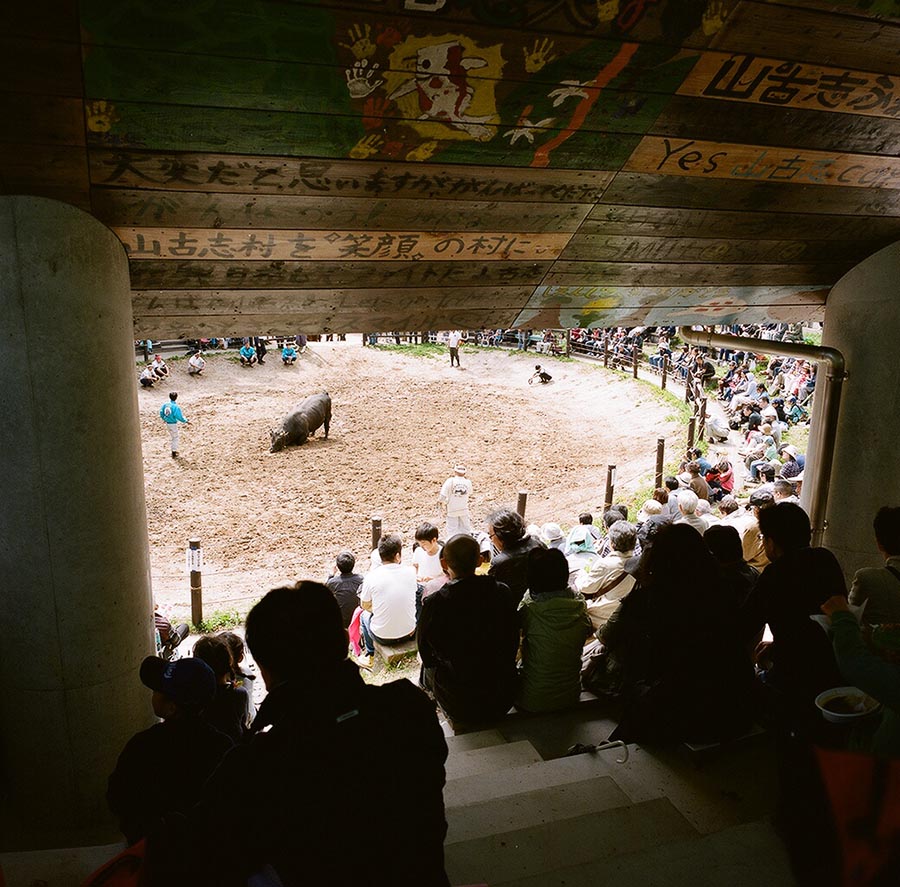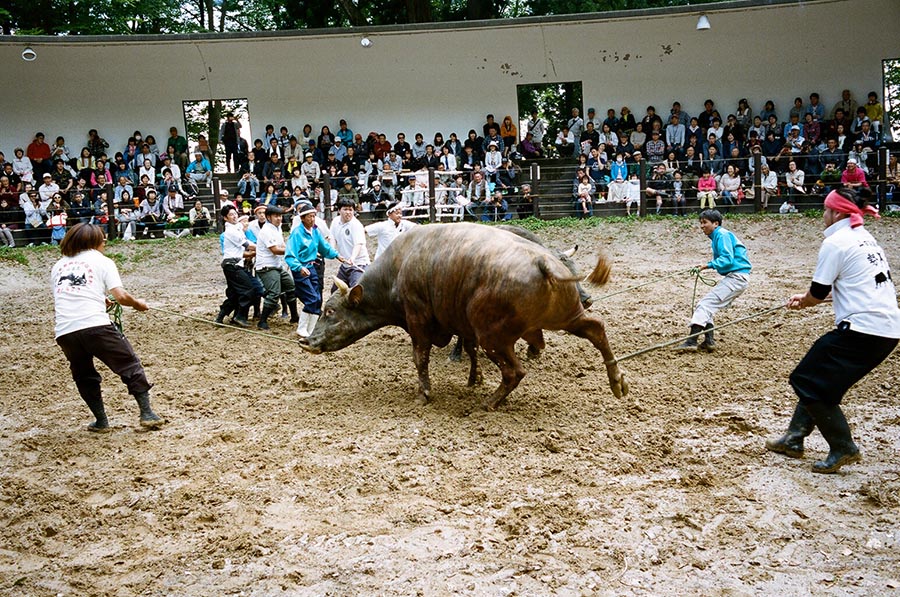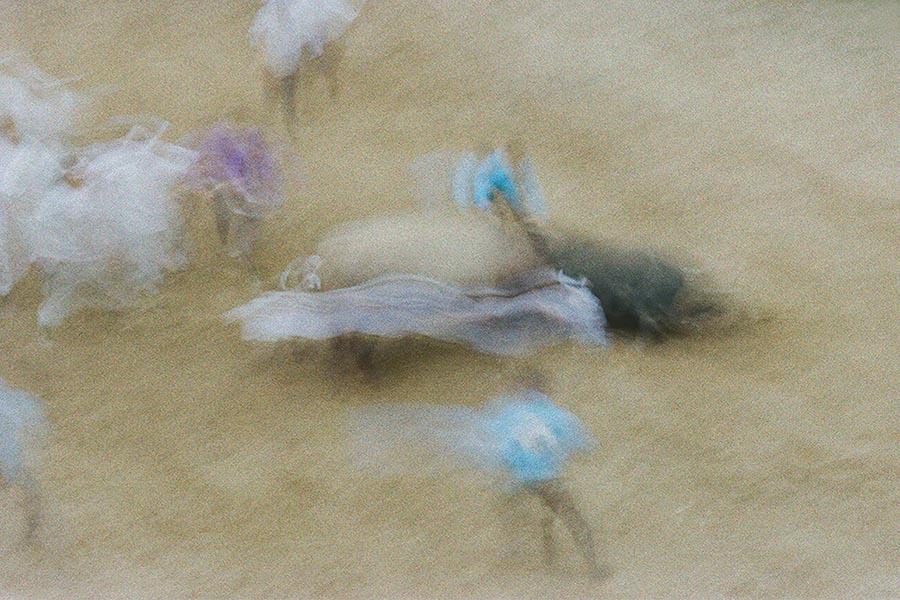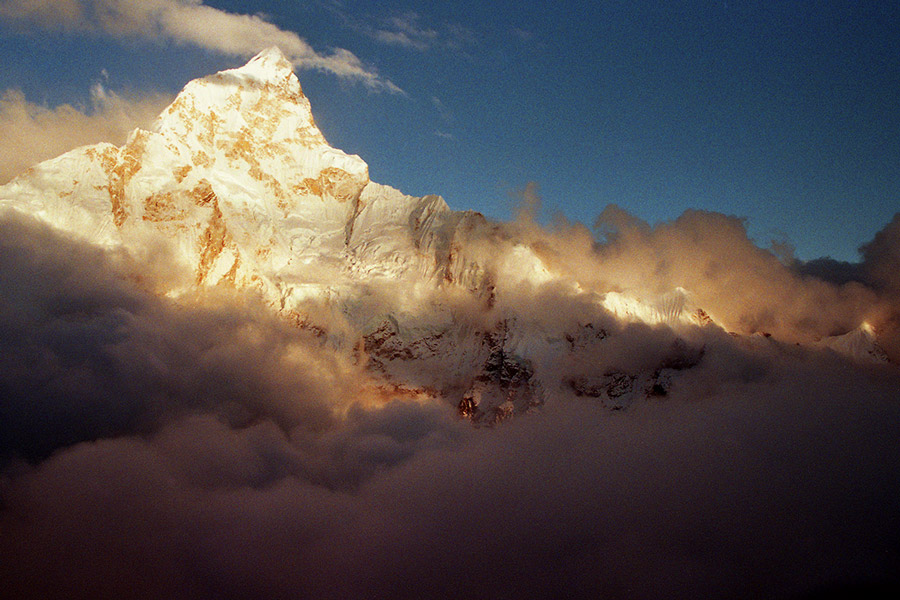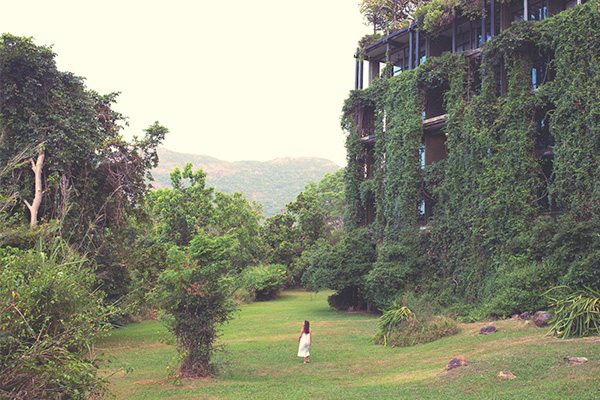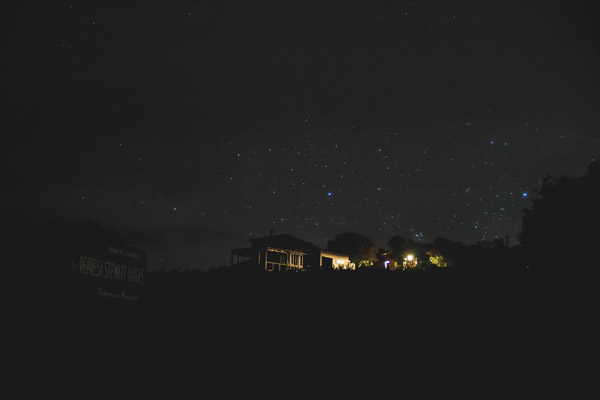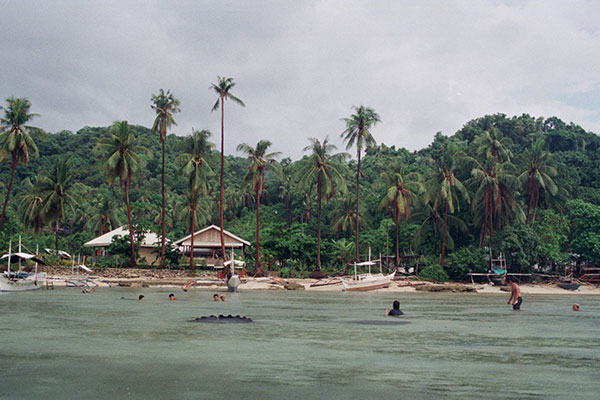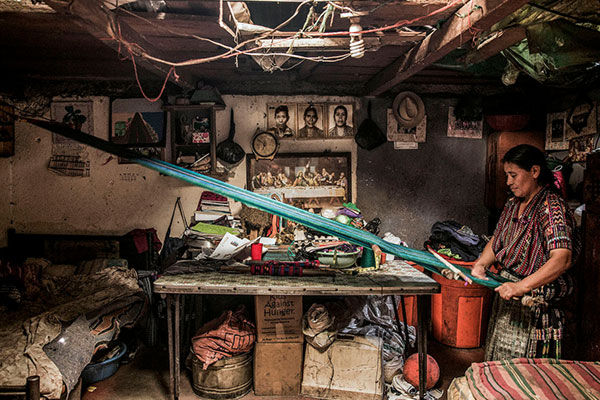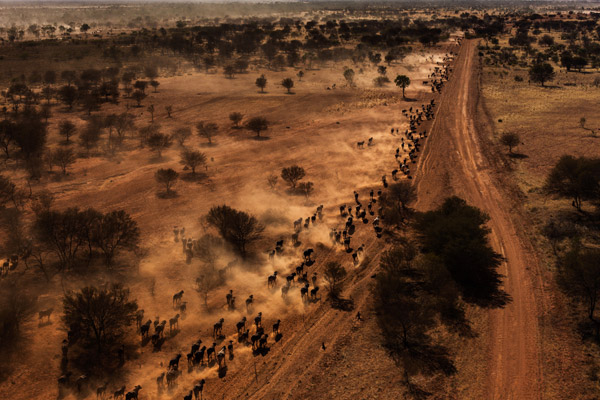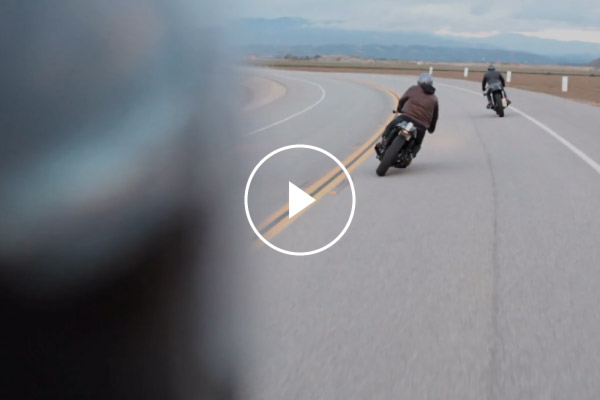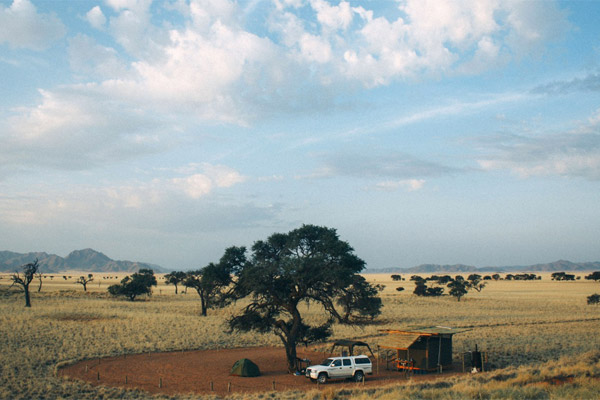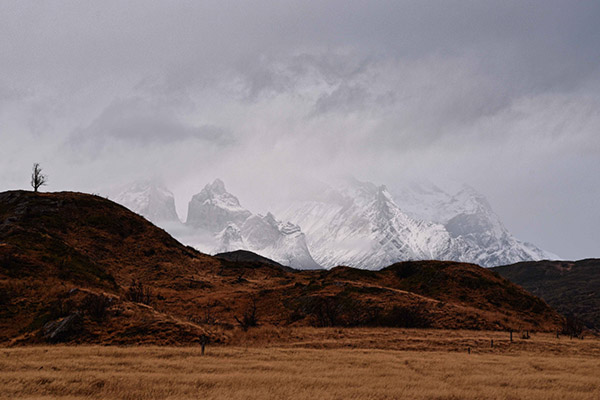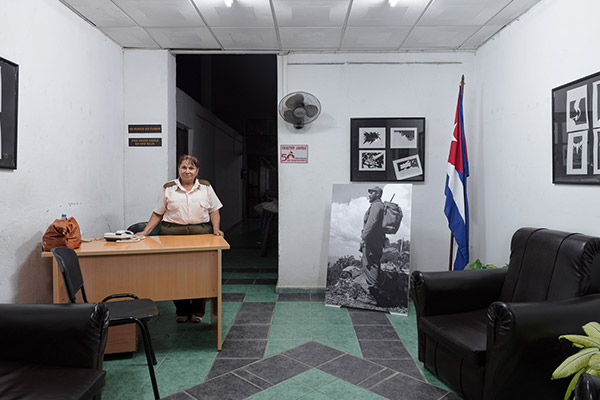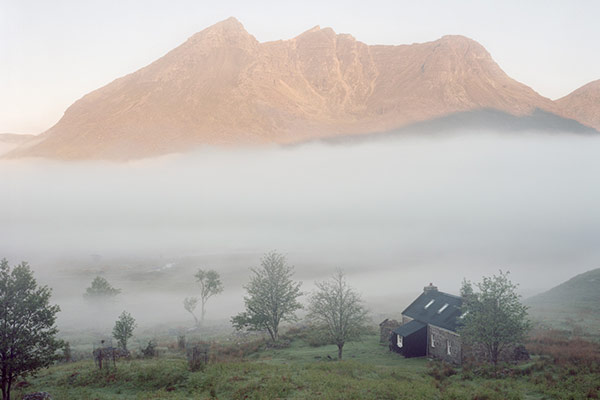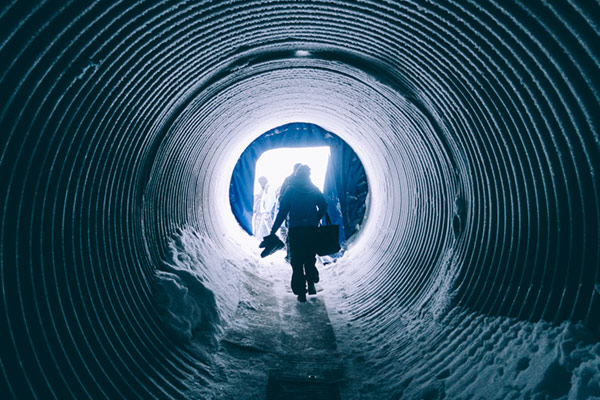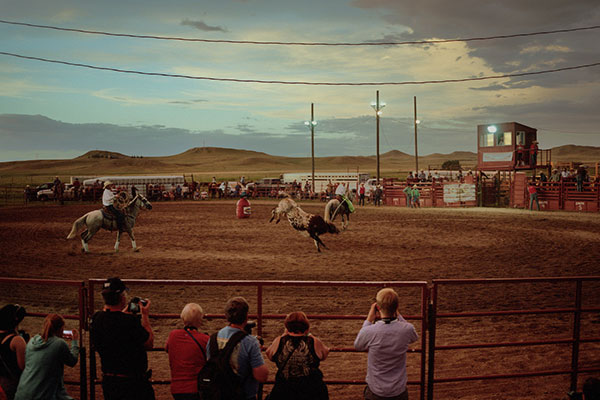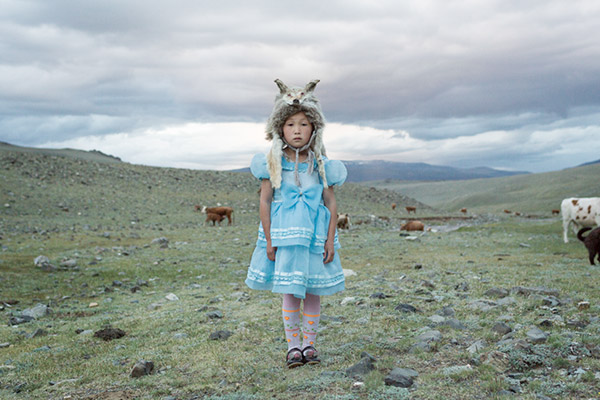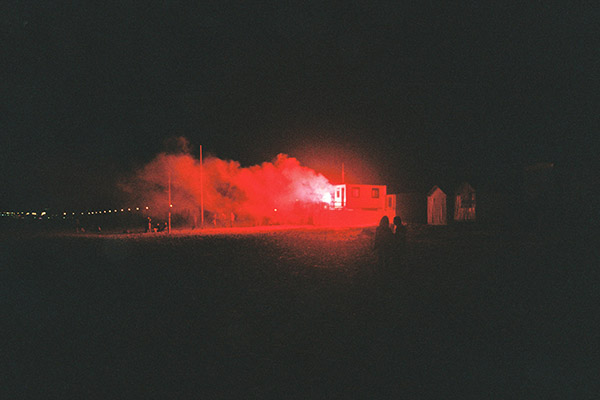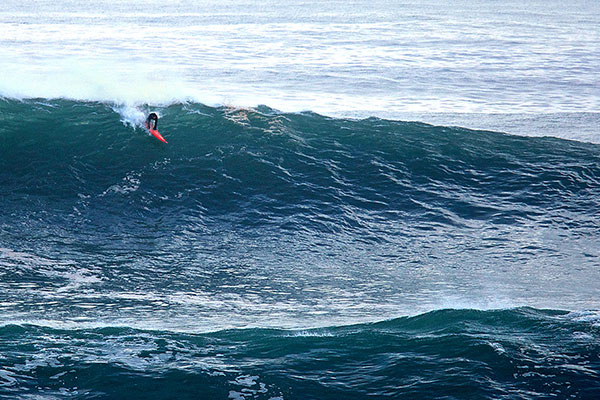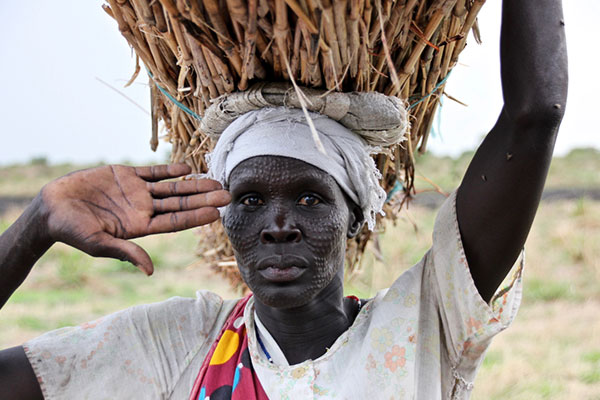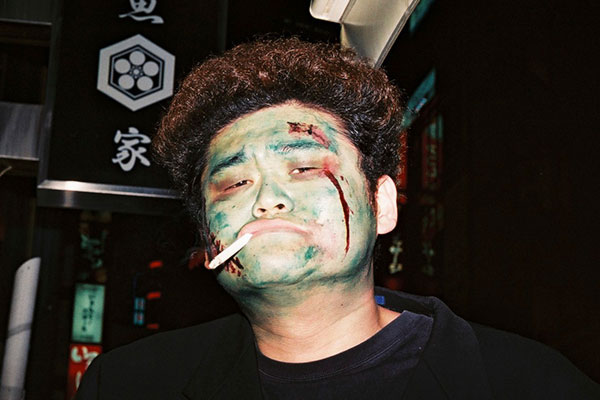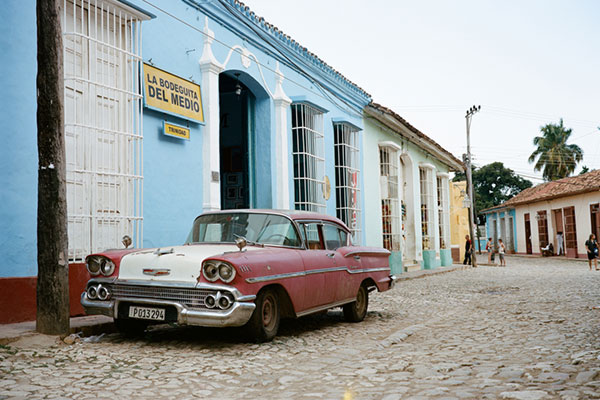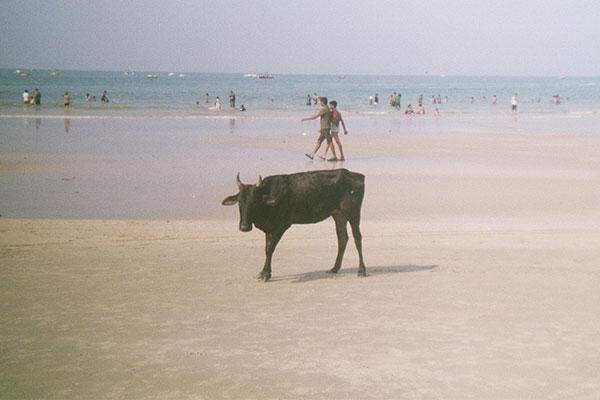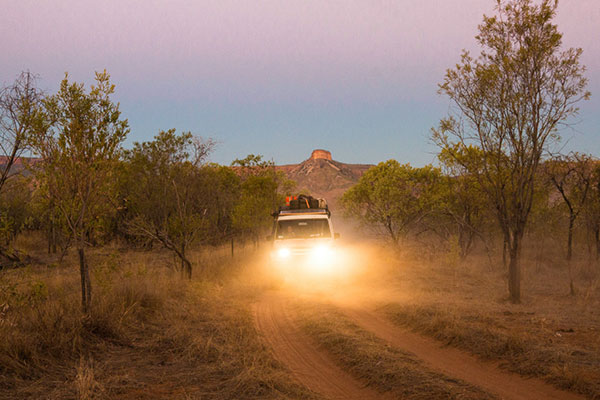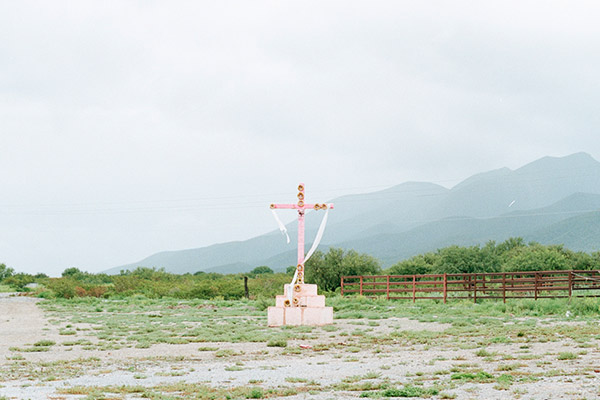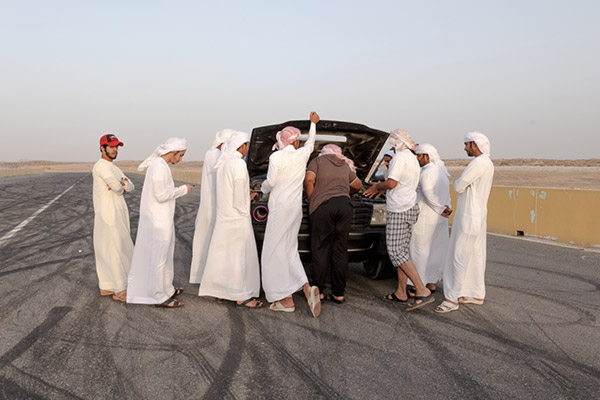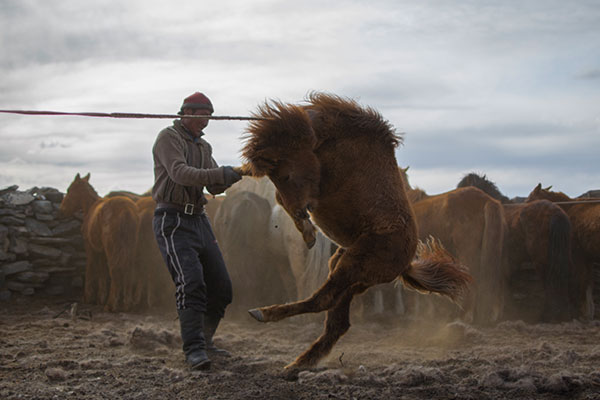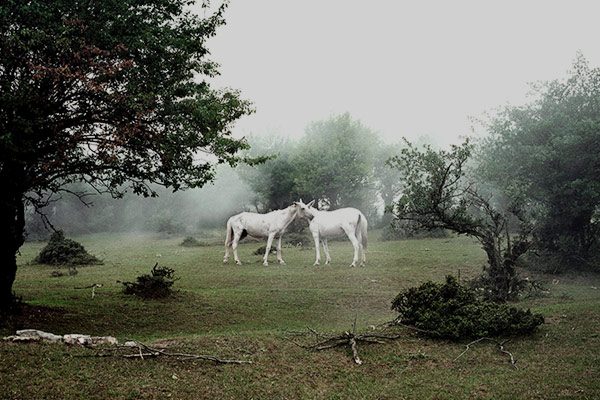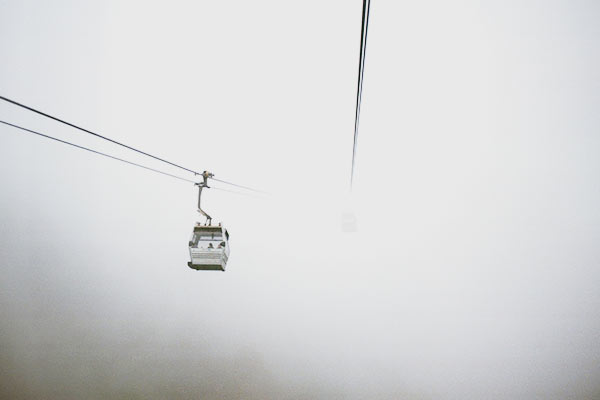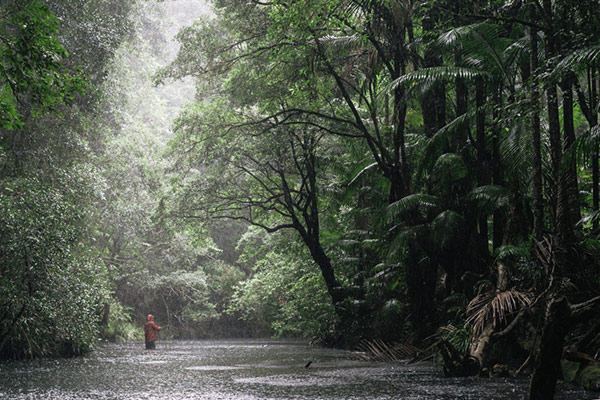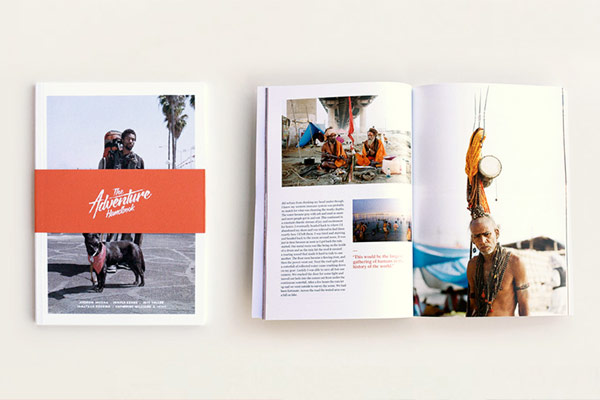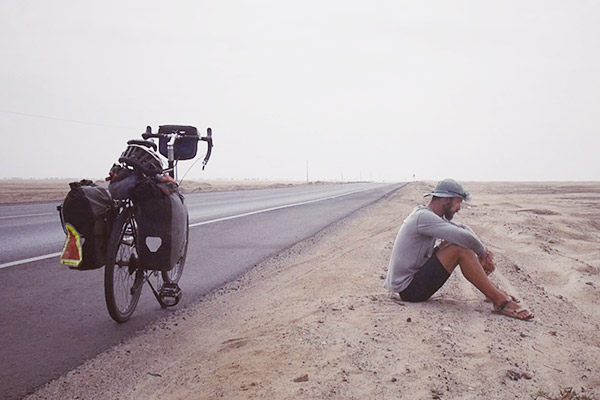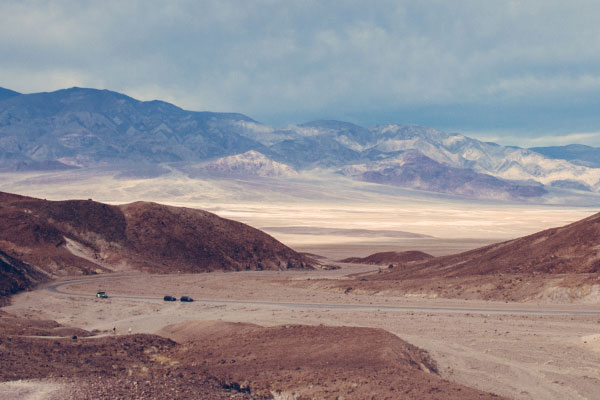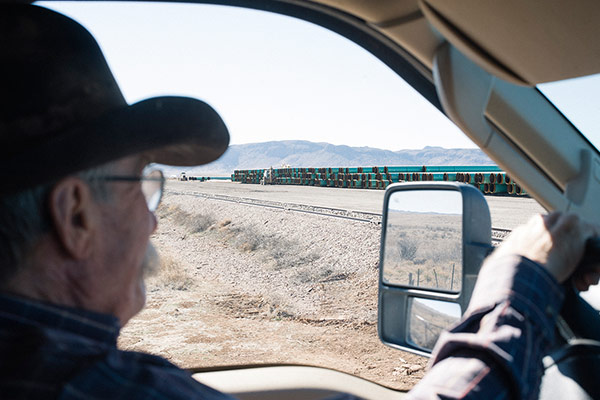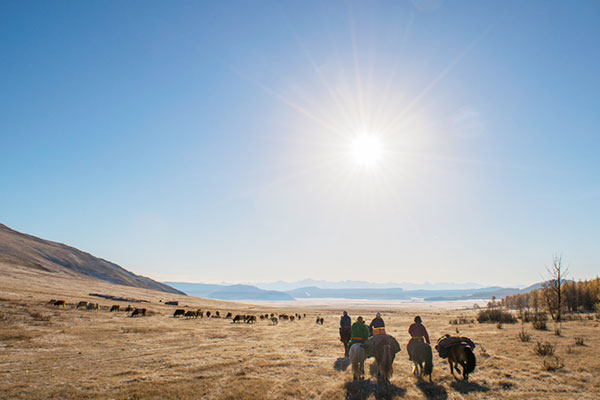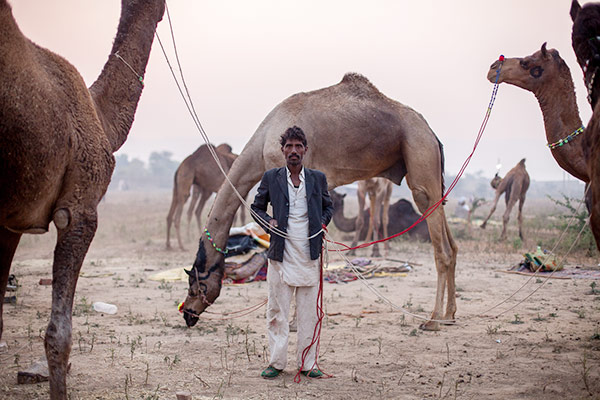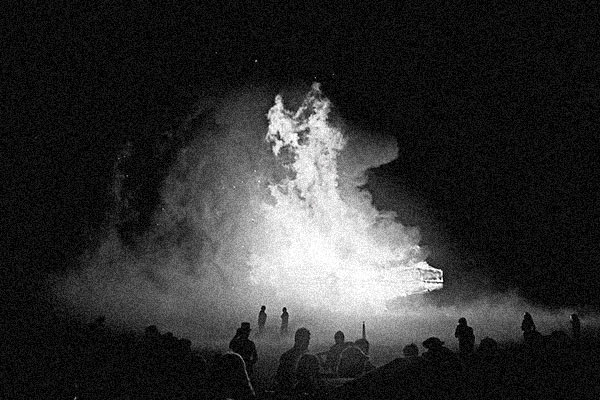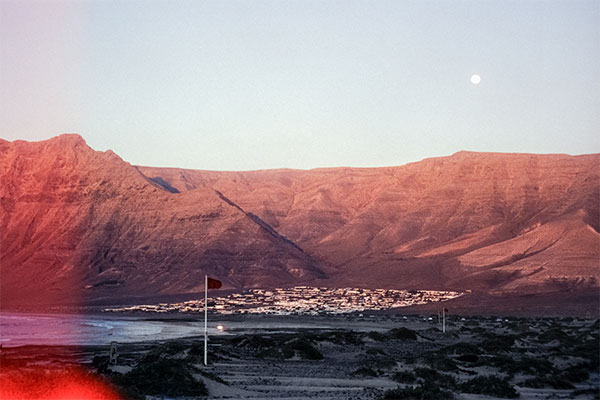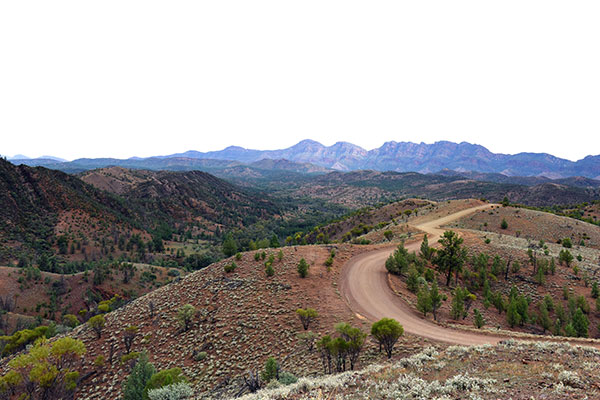“Tsunotsuki” is a Japanese traditional event with a thousand-year history where two exceptionally strong-spirited bulls fight with each other. Just as in sumo wrestling where two men compete with all their strength, two bulls that weight up to one ton fight each other to determine which is stronger and more skillful.
Eastern cultural practices are easily digested when they fall in line with Western moral values. When they do not align, they are commonly judged and denounced. Yet it is only through striving for objectivity that mutual understanding and growth can occur. In this vain, I have spent time in the Niigata prefecture of Japan this year. While in this location, I shot a short story on Tsunotsuki bullfighting in the small mountain village of Yamakoshi.
Eastern cultural practices are easily digested when they fall in line with Western moral values. When they do not align, they are commonly judged and denounced.
Yamakoshi is home to the only Japanese heritage listed stadium for Tsunotsuki. Within this stadium, bulls butt against each other to test their strength and spirit. This is a long standing tradition in the region that dates back to the Edo period. The event takes place under the guidance of men known as Seko’s. No winner or loser merely arises: a match is only over when the Seko has deemed the bulls energy expired. It is seen as a great loss if a bull becomes injured or falls. It was bluntly explained to me that “Bulls MUST NOT knock each other over in Echigo Togyu (Niigata province bullfighting)”. For such an event would cause the bull to lose its fighting spirit.
All the men who partook in the ritual are from within the region. Further, a portion of them were farmers who have raised the bulls themselves.
The stadium sits on top of a mountain. Upon my arrival, before the days battles began, a few senior members gave speeches and then paused for prayer. The earth was purified with salt and with local sake sprayed upon the ground. The Seko’s blew sake from their mouths onto ropes they carried during Tsunotsuki. All the men who partook in the ritual are from within the region. Further, a portion of them were farmers who have raised the bulls themselves.
As the day moved forward, bulls of similar weights were brought out to a receptive crowd. Every clash, butt and knock raised cheers. Peak excitement was reached at the end of the day, when the largest bulls were let free into the stadium. The bulls locked eyes and commenced. They rushed full force into each other smashing and grinding their skulls with every fibre they could muster. The master Seko halted the spectacle when the bulls energy’s were deemed spent. Upon this decision, all the other Sekos sprang into action, throwing one rope around a hind leg of each of the bulls and collectively tearing them away from each other. Eventually a rope was threaded through the nose to reign in control. A wreath was placed on the bulls head, covering its peripheral vision, and taken on a victory lap around and out of the stadium.
This marked the end of the day where we all got up quickly and departed home down the mountain.
This area was devastated by the Chūetsu earthquakes in 2004. The earthquakes destroyed the Yamokoshi stadium along with many many other villages. Once the stadium was rebuilt, it signified the return to normality. This indicates as to why it is held in such high esteem by the community – for it not only acts as a focal point for gathering but also represents the regions peace and reconnection with its history.
(the stadium) not only acts as a focal point for gathering but also represents the regions peace and reconnection with its history.
From the beginning of this project, I felt uneasy and unsure of how I could document this objectively without weighing it down with my western perspective. I allowed myself to be enveloped in the days proceedings, not allowing myself to judge or allow my own preconceived views and ideals to cloud my experience. In this light, I am able to understand the great importance it holds for the community and to grasp the love and care that is taken over its existence. Although, I cannot deny my underlying feelings of guilt of having watched two animals unwittingly fight primarily for my pleasure, with no cause beyond documentation.
The bulls raw stubborn strength combined with the community spirit holds an undeniable draw.
Story and images by Luke Van Aurich | Editor: Sam Bingham
Special thanks to:
Fixer / Seko 小林茂太
Konoma Erina
Makoto Arai
Receive a postcard from us sign up




